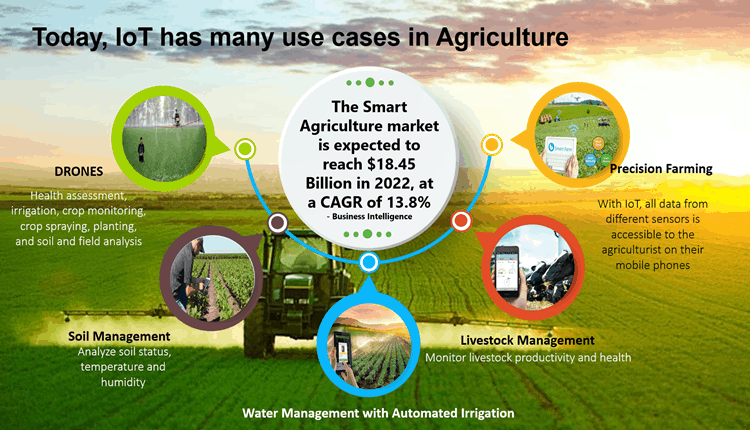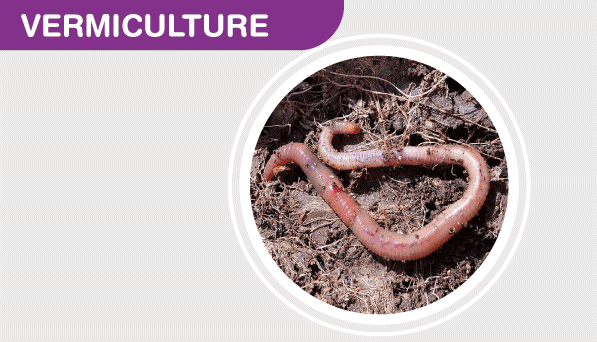The Evolution of Agriculture: From Traditional to Precision
Agriculture has come a long way since the days of manual labor and rudimentary tools. Traditionally, farming relied heavily on human labor and often involved a significant amount of guesswork. Farmers depended on instinct, experience, and weather predictions to make crucial decisions about planting, irrigation, and pest control.
However, the advent of technology has revolutionized agriculture. Today, farmers have access to an array of high-tech tools and data-driven solutions that have transformed farming from a hit-or-miss endeavor into a precise science.
The Role of Data in Precision Agriculture
At the heart of precision agriculture is data – lots of it. Modern farms are equipped with an assortment of sensors, drones, GPS technology, and satellite imagery, all of which collect data about various aspects of the farm. This data includes information about soil quality, weather conditions, crop health, and even the behavior of livestock.
Soil Data: Soil sensors provide real-time information about soil moisture levels, nutrient content, and temperature. This data helps farmers make informed decisions about when and where to plant crops, how much irrigation is needed, and which fertilizers to use.
Weather Data: Accurate weather forecasts are crucial for farming. Farmers rely on weather data to plan their planting and harvesting schedules and to prepare for extreme weather events, such as droughts or storms.
Crop Monitoring: Drones equipped with cameras and sensors can fly over fields, capturing images and data about crop health. This information allows farmers to identify areas of concern, such as pest infestations or disease outbreaks, early and take corrective action.
Livestock Tracking: In the realm of livestock farming, data is used to monitor the health and behavior of animals. Sensors attached to animals can track their movements, feed intake, and overall well-being, helping farmers identify issues promptly.
Data Analysis and Decision Support
Collecting data is only the first step. The real magic of precision agriculture lies in the analysis of this data and the insights it provides. Farmers can use specialized software and algorithms to process and interpret the information gathered from their farms.
For instance:
Yield Mapping: By analyzing data from harvesters and combines, farmers can create yield maps that show variations in crop productivity across their fields. This enables them to make adjustments in planting density and nutrient application for better yields.
Variable Rate Technology (VRT): VRT allows farmers to customize the application of inputs like fertilizers, pesticides, and water based on the specific needs of different parts of a field. This results in resource optimization and reduces wastage.
Predictive Analytics: Machine learning algorithms can predict potential issues based on historical data and current conditions. For example, they can forecast disease outbreaks in crops, allowing farmers to take preventive measures.
Livestock Management: Data analytics can help farmers make decisions about breeding, feeding, and healthcare for their livestock. This leads to healthier animals and improved productivity.
Benefits of Precision Agriculture
The adoption of precision agriculture brings numerous benefits to farmers, consumers, and the environment:
- Increased Efficiency: Smart farming practices save time and resources. Farmers can do more with less, leading to increased productivity and profitability.
- Sustainability: Precision agriculture promotes sustainable farming by reducing the use of water, fertilizers, and pesticides. This helps protect the environment and ensures the long-term viability of farms.
- Cost Reduction: By optimizing resource usage and minimizing waste, precision agriculture can significantly lower production costs for farmers.
- Improved Crop Quality: Data-driven decision-making results in better crop yields and higher-quality produce, benefiting consumers with fresher and more nutritious food.
- Environmental Stewardship: Reducing the environmental impact of agriculture is essential. Precision agriculture practices contribute to reduced soil erosion, lower greenhouse gas emissions, and minimized chemical runoff into water bodies.
- Data-Driven Innovation: The collection and analysis of agricultural data can lead to innovation and the development of new technologies that further advance the farming industry.
Challenges and Future Prospects
While precision agriculture offers immense promise, it’s not without its challenges. Access to technology and data can be a barrier for smaller or less affluent farmers. Concerns about data privacy and security also loom large, as farmers must share sensitive information with technology providers.
However, as technology continues to advance, these challenges are being addressed. Innovations in affordable, user-friendly technology are making precision agriculture more accessible to all farmers. Additionally, regulations and standards are evolving to safeguard data privacy and security.
The future of precision agriculture is bright. With the ongoing development of artificial intelligence, the Internet of Things (IoT), and remote sensing technologies, we can expect even more sophisticated and precise farming practices. These advancements will continue to enhance the efficiency and sustainability of agriculture while ensuring that we can feed a growing global population.
In conclusion, precision agriculture represents a remarkable fusion of age-old farming practices and cutting-edge technology. It leverages data to transform farming into a data-driven, efficient, and sustainable industry. As we look ahead, the smart farming revolution is set to redefine agriculture, making it more productive, environmentally friendly, and adaptable to the challenges of the future. Embracing precision agriculture is not just an option; it’s a necessity for a thriving and sustainable farming industry in the 21st century.





